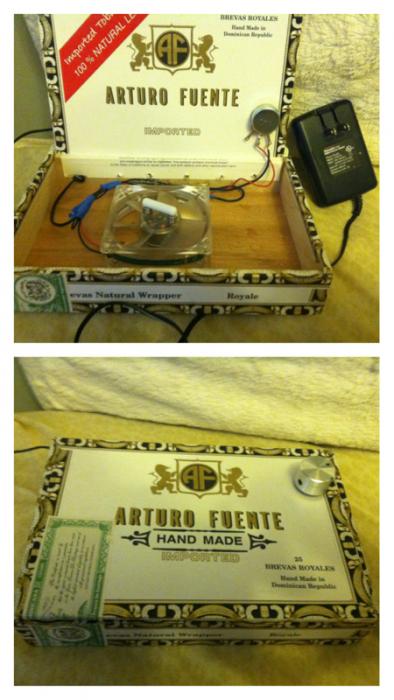snowtires
Well-Known Member
- Joined
- Sep 7, 2012
- Messages
- 621
- Reaction score
- 92
Hi im working on a stir plate build and looking around for items i have around the house i found a pair of computer speakers so i got the volume control knob off it but I dont even know if it would work for a stir plate. I have found it online but dont know how i would wire it up. So if anyone out there knows if this would work and how, that would be much appreciated.
http://www.alibaba.com/product-gs/346285679/16mm_DIP_Rotary_potentiometer_with_switch.html
http://www.alibaba.com/product-gs/346285679/16mm_DIP_Rotary_potentiometer_with_switch.html


